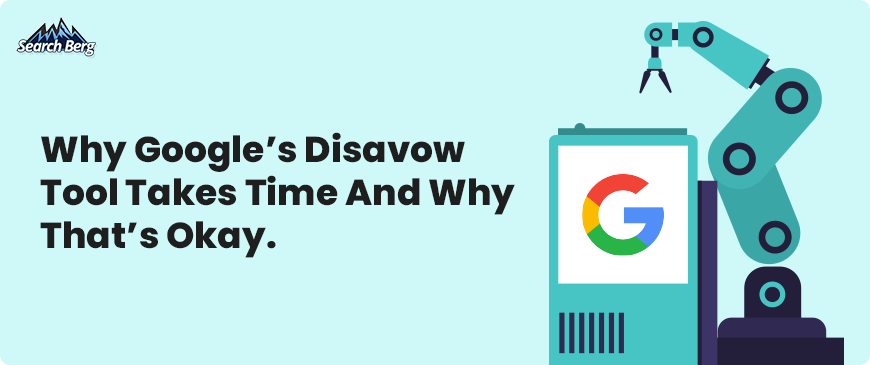Unpacking the Delay: Why Your Google Disavow Files Aren’t Instantly Processed
Many business owners and website managers are confused about why their disavow files don’t show immediate results. But it’s not as sinister as we think.

Highlights:
- Google’s John Mueller clarified that disavow files are not processed “per se” as an immediate filter; instead, the disavowed links are taken into account during Google’s natural recrawling of other sites.
- The Disavow Tool is primarily intended for SEOs and publishers responsible for creating unnatural or paid links that they are unable to remove, and it is not generally necessary for the vast majority of websites.
For many SEOs and publishers, the Google Disavow Tool is a crucial, albeit often misunderstood, component of link management. While generally considered a last resort for battling spammy links, it becomes a vital instrument when dealing with unnatural links that an SEO expert or publisher is directly responsible for creating, particularly when urgent action is required to avoid or recover from a Google penalty. A frequently asked question among webmasters revolves around the processing time: exactly how long does Google take to acknowledge and act upon these submitted disavow files?
Recent comments from Google’s John Mueller help clarify the disavow process, revealing why there isn’t an immediate, per se, filtering of your disavowed links.
The Purpose of Google’s Link Disavow Tool
The Google Disavow Tool allows webmasters to inform Google that certain backlinks pointing to their site should not be counted against them. This “disavowing” literally means rejecting the influence of these links. Its genesis can be traced back to SEOs’ requests for a straightforward method to handle paid or problematic links they had acquired but were unable to remove directly from the source websites. Accessible via Google Search Console, the tool accepts a spreadsheet detailing URLs or entire domains that users wish to remove from their backlink profile.
Google’s official guidance consistently emphasizes that the tool is primarily for those who have engaged in unnatural link-building practices and cannot manually remove those links. It’s expressly stated that most websites, especially those not involved in aggressive link acquisition or dealing with low-quality links they didn’t solicit, rarely need to use the tool. Ignoring this can lead to common link-building errors in your SEO strategy.
How Google Processes Disavow Files
The core of the “disavow file wait time” mystery was addressed when a user inquired on Blue Sky about the processing of newly added domains to an existing disavow list. The user specifically asked if new additions were treated separately or if the entire file was reprocessed.
John Mueller clarified that the order of domains and URLs within the disavow file holds no significance. More importantly, he stated: “We don’t process the file per se (it’s not an immediate filter of ‘the index’), we take it into account when we recrawl other sites naturally.”
This statement is key to understanding the delay. It means that the disavow file doesn’t trigger an immediate, separate action from Google. Instead, the data from your disavow file is integrated into Google’s vast crawling system. The actual “filtering” or nullification of a disavowed link occurs when Google naturally recrawls the web pages where those toxic links reside.
Therefore, while your disavow submission is logged, its effects only become visible as Google re-indexes the web pages linking to your site. This highlights the importance of adhering to SEO best practices and avoiding situations that necessitate disavowing links in the first place, minimizing the risk of manual actions against your site. For more answers to common questions, consult Google disavow FAQs. Regularly monitoring your link profile and conducting a thorough site audit can help identify and address issues proactively.
Don’t wait around for backend actions from Google to get your website in the clear. Choose the SEO experts at Search Berg to help create backlinks you’ll want to keep. Schedule a consultation with us to get started!
More News, Insights, and Updates
Subscribe for more exciting insights and information related to SEO.
No spam, just expert advice!












